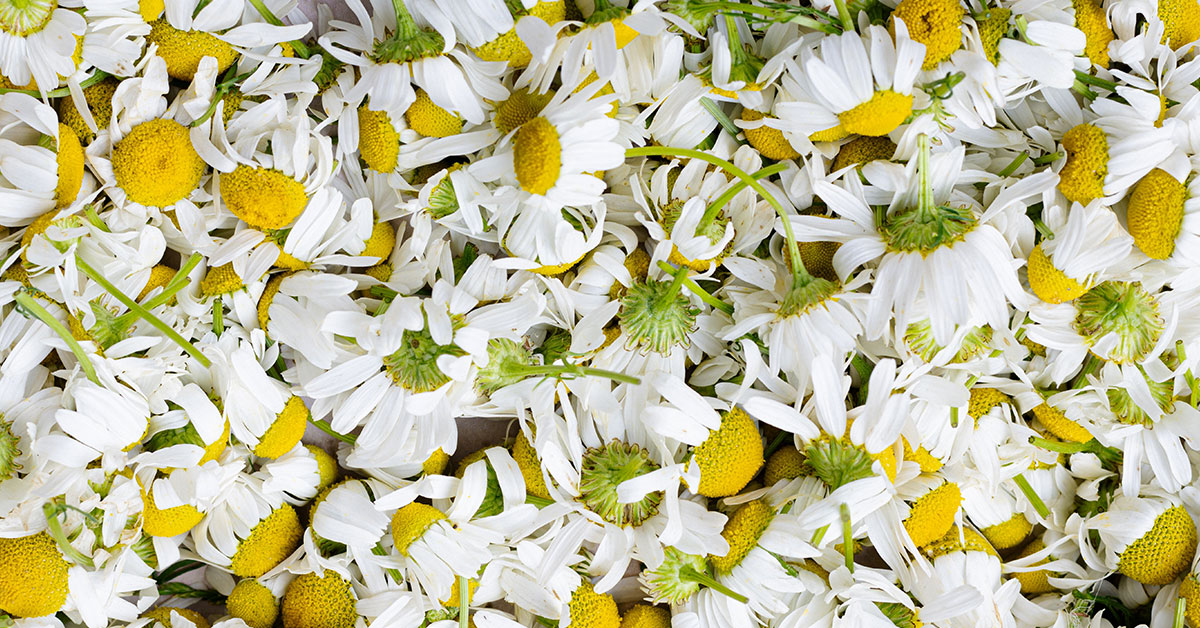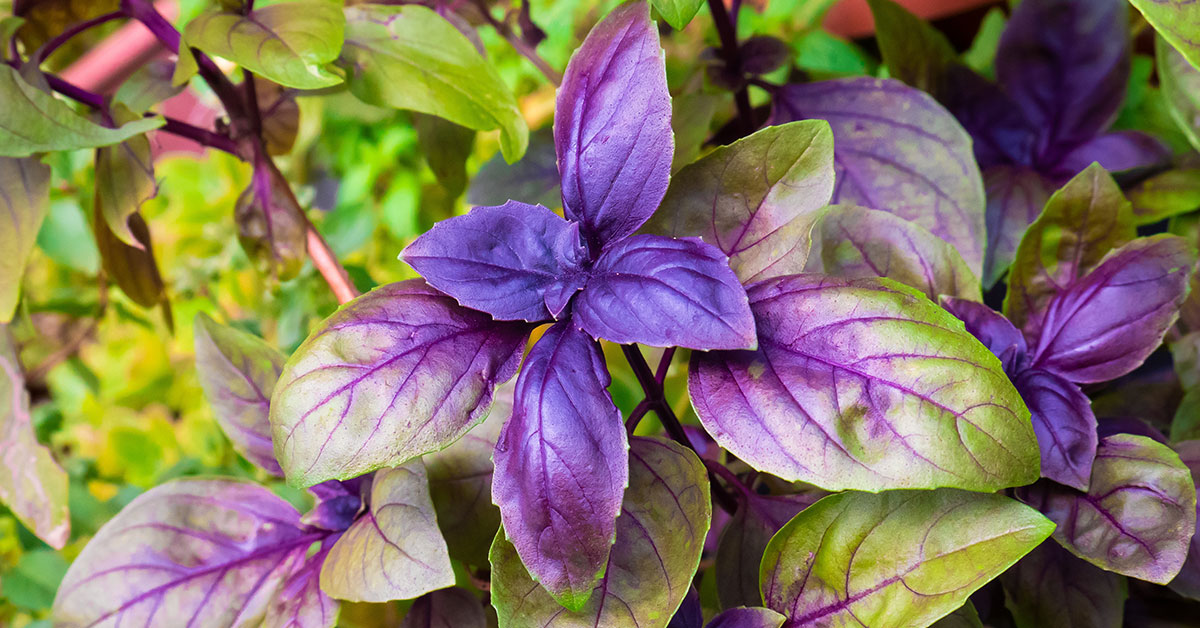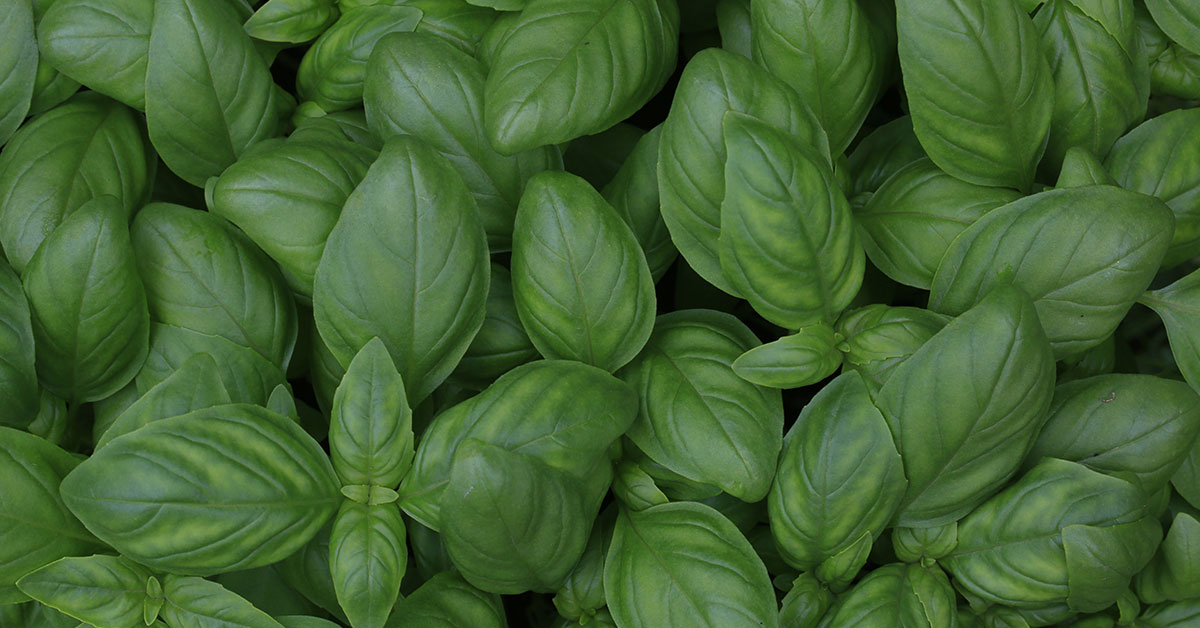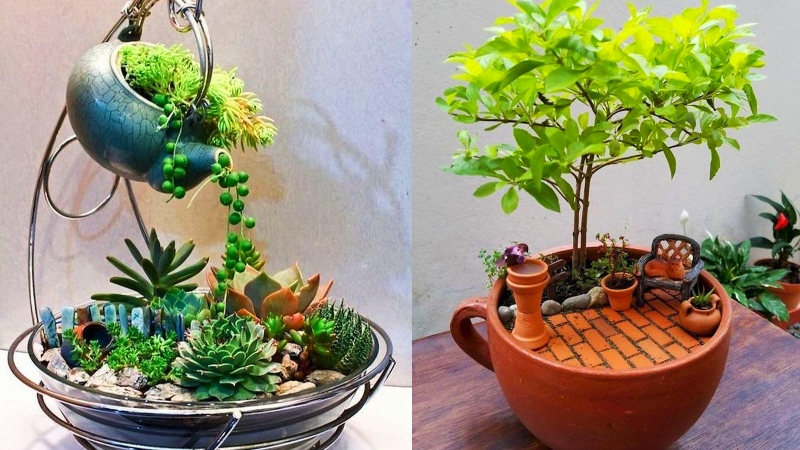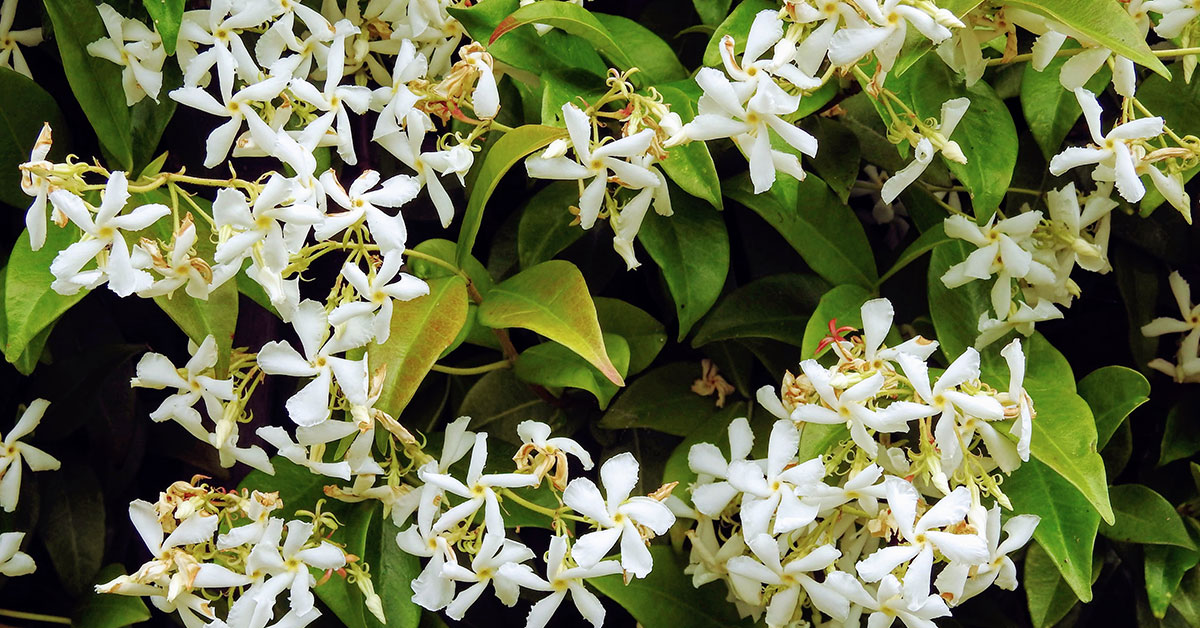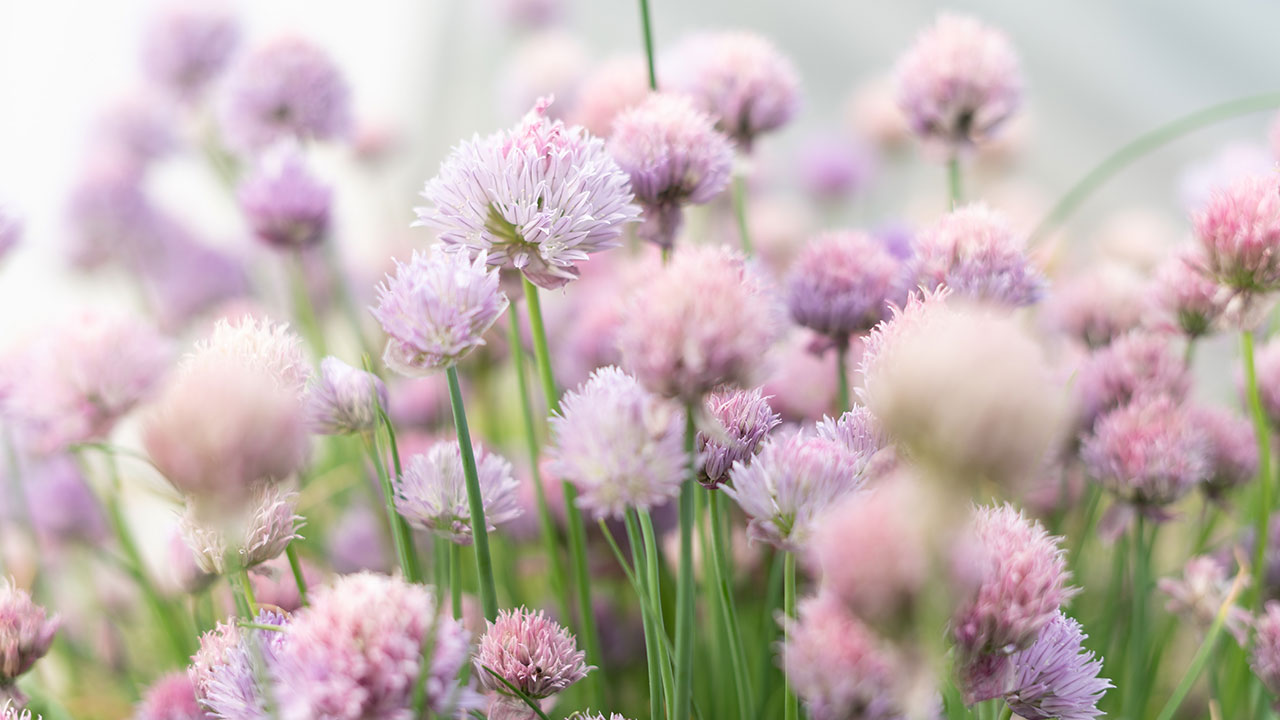Mint is a favorite perennial herb of mine. I always have some growing in my garden. Currently I have spearmint, peppermint, and chocolate mint growing in my garden. I don’t think I could tell you which is my favorite! Let’s take a little time to do a deep dive on one of my favorite herbs.
What is Mint?
Mint is a wonderfully versatile perennial herb with a tendency to spread. It can be used in drinks like mojitos and tea, used to garnish salads, and can even be made into an oil. There are as many as 600 varieties in the world, each one a bit different.
- Latin name: Mentha
- Native to: North America, Asia
- Invasiveness: Yes
- Tenderness: Perennial
- Sun: Full sun
- Water: Moist soil
- Soil: Moist, well-drained soil
- Hardiness zone: 3-8
- When to plant: Spring
- Spacing: 18-24 inches apart
- Plant height: 1-2 feet tall
- Bloom period: June to September
- Time to maturity: 30 days
- Container friendly: Yes
- Fertilizer: 16-16-16
- Toxicity: No
- Drought tolerant: Yes
- Deer resistant: Yes
- Pest resistant: Yes
How to grow Mint
With as many as 600 varieties in existence, each one grows a little bit different. But by and large, your standard mint plant is going to be a perennial herb that requires full sun, most soil until well established, and is hardy to zones 3-8.
Mint plants can be planted outdoors in the spring after the final frost date. This herb has a tendency to spread like wildfire, making them an ideal candidate for growing in containers. It is a hardy perennial in zones 3-8 and is best planted outdoors in the spring. This herb spreads and spreads, so space them pretty far apart, 18-24 inches. After about 30 days, you can begin harvesting leaves.
This perennial herb enjoys a nice, balanced NPK 16-16-16 fertilizer and isn’t known to be toxic, although concentrated menthol can be. It is drought tolerant, deer resistant, and pest resistant as well. You’ll be drinking juleps, mojitos, and teas in no time!
When to start seeds indoors
Start mint seeds 8-10 weeks before your final frost date. Cover the seeds with 1/4 inch of soil and keep the soil warm and most. Your seedlings will sprout after 10-15 days. Plant outdoors after your final frost has passed.
When to plant Mint outdoors
Mint plants that have been started indoors or purchased from a nursery can be planted outdoors after the last danger of frost has passed. Generally, your plant will die back in the winter and come back in the spring if you live in zones 3-8. Beyond zone 8, it may never die back and instead remain evergreen.
Growing Mint in containers
Growing this herb in container is something I would generally recommend, as the herb has no issue with spreading outside of established gardens. I’ve personally seen instances of lawns being partially overtaken with mint, which produces a pretty wonderful smell when mowed, but isn’t exactly ideal for people who want a prisitine grass lawn.
A standard potting soil will do just fine for mint, but providing a balanced NPK 16-16-16 every month during its active growing season will help it remain healthy and strong in a container.
When to harvest Mint
You can begin harvesting leaves from the midsection of your mint plants about 30 days after being planted outside, but start slowly. Take care not to overharvest – only remove one-third of the plant’s leaves at the very most.
Deadheading old flowers
Deadheading is the process of removing dead flowers from the plant once the flowers have run their course. It generally encourages bushier growth. This is true of mint plants as well. If you allow your plant to flower, once the flowers have died, cut the stem with clean shears approximately 2-4 inches below the flower. You can also opt not to let the plant flower at all in order to encourage more leaf growth and discourage seed scattering.
How to collect Mint seeds
2-3 weeks after the flowers of your mint have died back, perform the above-described deadheading strategy and store the flowers in a paper box or envelope for 2-4 weeks, allowing them to fully dry out. Once dry, you can crush the flowers in your fingers and small seeds will will be released by the pods. Store these seeds in a paper envelope.
Wildlife attracted by Mint
Mint is well known to attract pollinators like bees and flies. Some varieties also bring in hummingbirds. Some gardeners claim this plant is a repellant to some pests, like mosquitoes, cabbage moths, houseflies, ants, aphids, squash bugs, fleas, even mice. There is limited evidence that mint is effective at this, so your mileage may vary.


